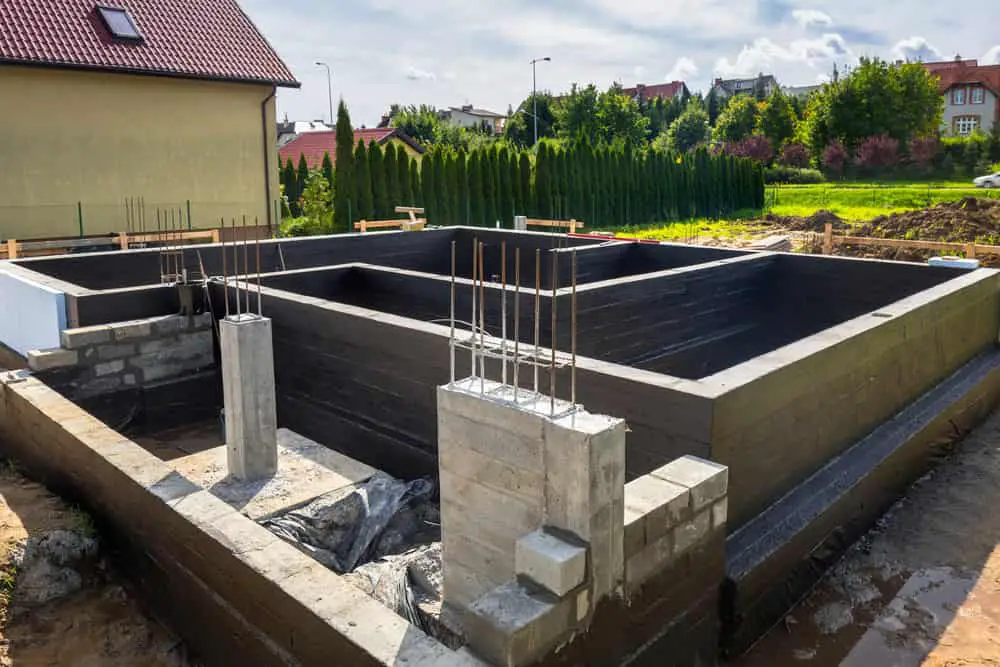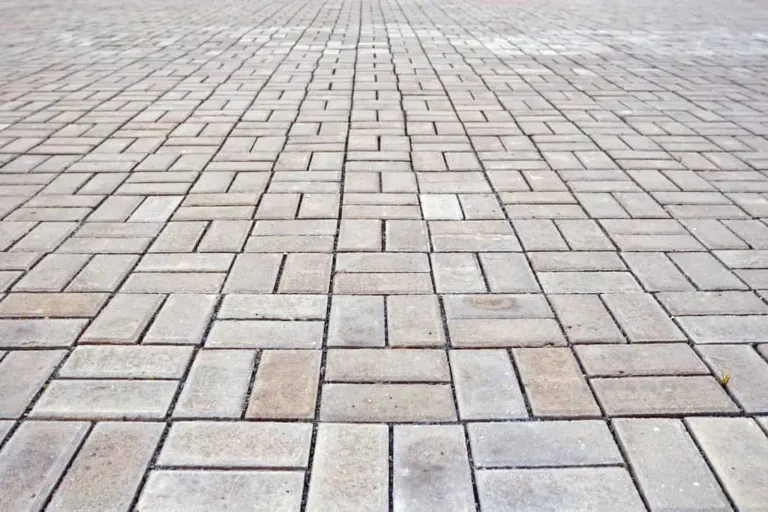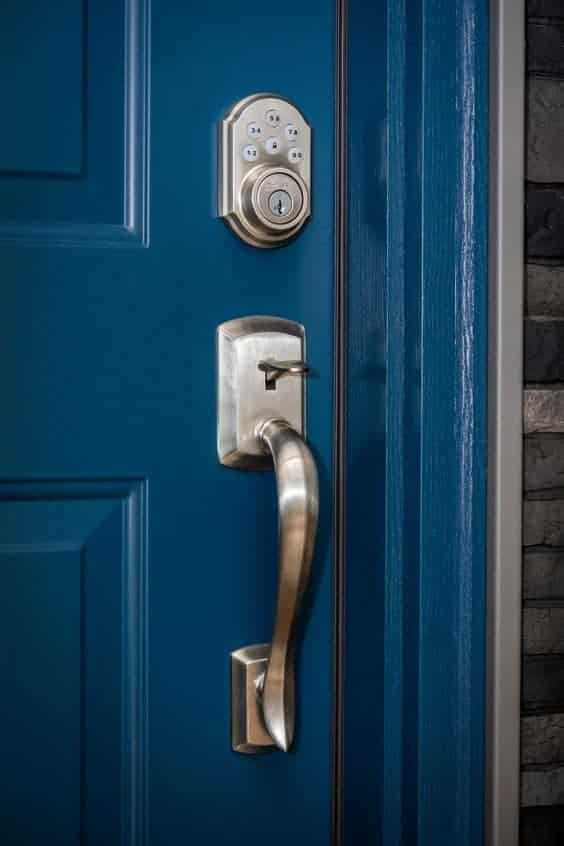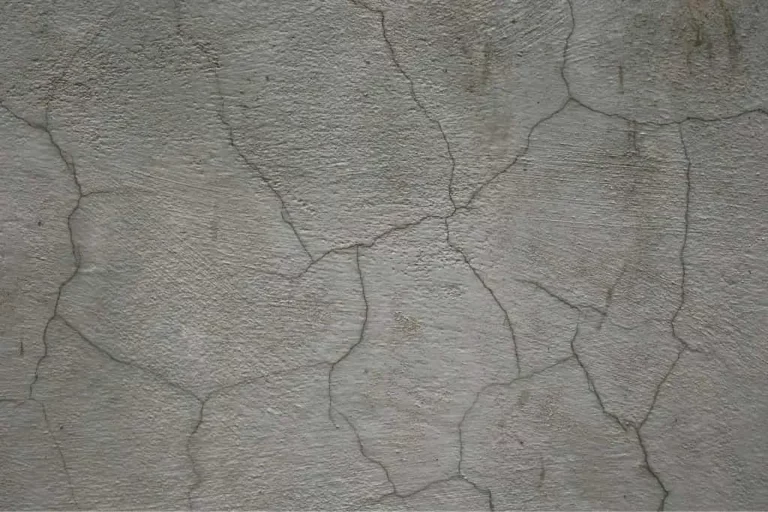Everything You Need To Know About Houses On Foundation

If you want to build a new house, you may wonder which foundation type you should choose and which will suit you better. That is why we have constructed an extensive guide on everything you need to know about houses on foundations.
The three most popular types of foundations are concrete slab foundations, crawlspace foundations, and full basement foundations. A solid, good-quality foundation for your home is essential to prevent future problems such as cracks in the walls and moisture damage that can cause mold.
Numerous things can affect which type of foundation you should choose for your house. The foundation your home will need depends on certain factors such as geographical location, the climate, house design, soil and moisture conditions, and the budget you have for your new house.
House Foundation Types (Pros And Cons)
There are three main types of foundation for houses: concrete slab, crawlspace, and full or daylight foundation. These types of foundations are perfectfor numerous climates and personal needs.
Concrete Slab Foundation
Concrete slab foundations are also known as mono slabs, monolithic foundations, or slab-on-grade – this is a type of foundation where a solid slab of concrete, about four to eight inches thick, rests on top of the ground.
Concrete slab foundations are more common in milder climates. The freezing and thawing of the ground beneath the concrete can eventually lead to cracks throughout the concrete and may even shift the foundation.
The concrete is poured as a single piece and then reinforced using drainage pipes and steel rods. The concrete block dries quickly, allowing the house to be built directly on the slab. Since there is no airspace with this type of foundation, there is no risk for mold or insect infestations.
The downside of this type of foundation is that the house is more susceptible to warming due to the lack of ventilation. It is also quite costly and challenging to repair broken pipes, as they will be encased in concrete. A concrete slab foundation will not offer much protection for your home if there is a risk of flooding in the area, as these foundations tend to be relatively low.
Pros Of Concrete Slab Foundations
- Cheapest option
- No risk of mold or insect infestations
- A solid and stable foundation
Cons Of Concrete Slab Foundation
- No storage space beneath the house
- Difficult to repair damaged pipes
- House is more likely to warm
- Foundation is low and susceptible to flooding
Crawlspace Foundation
Crawlspace foundations are prevalent as they are cheaper than full basement foundations but still provide small storage spaces.
Crawlspace foundations are generally prevalent in areas that are too difficult to dig deep into the soil. These foundations have short walls that stand on footings and can vary in size, ranging from a small space that a person may have to crawl through or being as tall as 4 feet. The more extensive options provide small storage space.
This type of foundation is prevalent in warmer climates and areas that are prone to experiencing earthquakes. The crawlspace usually has ventilation to allow airflow by using small vents in the foundation walls.
Crawlspace foundations are one of the most durable types of foundations, which is what makes them so popular. They also allow for easy access to piping and wiring beneath the house. Another reason many people opt for this type of foundation is that it provides good protection against loose soil, water, and moisture damage.
Crawlspace foundations allow for better ventilation, which cools the house during the warmer months. However, this also means that the house will become cooler and more difficult to heat in winter.
Trapped water and moisture within the crawlspace can become a health hazard if mold starts to grow, but many people still opt for this foundation type as it is raised from the ground, which makes it more termite resistant than other options.
Pros Of Crawlspace Foundations
- Cheaper than full basement options
- Can provide small storage spaces
- Easy to fix damaged pipes and wires
- Extremely durable and suitable for areas that are prone to earthquakes
Cons Of Crawlspace Foundations
- It can be difficult to crawl through
- Potential for trapped moisture to cause mold
- Difficult to heat the house during winter
Full Basement Foundation
Full basements are one of the most expensive foundation options but also provide the best benefits. A full basement extends the entire perimeter of the house, allowing for living and storage space underneath.
Full basement foundation options also raise the resale price of a house, as they provide endless opportunities with extra space.
Pros Of Full Basement Foundations
- Living and storage space
- A better resale value of the house
Cons Of Full Basement Foundations
- More expensive
- Higher amount of maintenance
- Potential for water damage
The Cheapest Kind Of House Foundation
If you are busy planning on building a new house, you may search for the cheapest option to fit your budget. The good news is there are inexpensive foundation options that still provide excellent stability for your home.
A concrete slab foundation is a low-cost option and the quickest foundation to build. The fast-drying concrete means the builders can continue with the home building as soon as possible, at no extra cost to you.
A concrete slab foundation will cost between $4 and $8 per square foot.
What Is The Strongest Foundation For A House?

House foundations must use strong, high-quality materials to withstand natural events such as earthquakes, hurricanes, and soil shifting.
The strongest construction material available is concrete. Therefore, the strongest foundations for a house will include concrete as a material.
Slab-on-grade foundations and plinth and beam foundations are the strongest foundations for a house because they both use concrete reinforced with steel bars. Reinforcing concrete with steel provides support and flexibility to the foundation while also assisting in its weight-bearing abilities.
What Happens If A House Has No Foundation?
Foundations are an essential part of every home, and it is an understatement to say that building a house with no foundation is a bad idea.
The purpose of a house foundation is to bear the weight of the house and transmit the load to the soil underneath the foundation – this includes the weight inside the house, such as occupants and furniture, and weight that may come from outside, like snow piling on the roof.
It is safe to say that a house with no foundation would not last very long at all and would be highly unsafe to live in.
Houses with damaged and unstable foundations emit severe and costly problems. Without a solid and stable foundation, your home is more susceptible to water intrusion, cracks in the walls, sloping floors, and moisture damage which could cause mold and wood rot problems.
These issues can be extremely costly, so ensuring a good, high-quality foundation for your house is the least expensive option for the long term. It is better for you to spend more money on ensuring you have a solid foundation than to repair all the damage from a poorly constructed foundation.
Conclusion
Having a solid foundation for your home is one of the best investments for the long term. A strong foundation can prevent future problems such as cracking walls and moisture damage. The most common foundations are concrete slabs, crawlspace, and full basement foundations.





